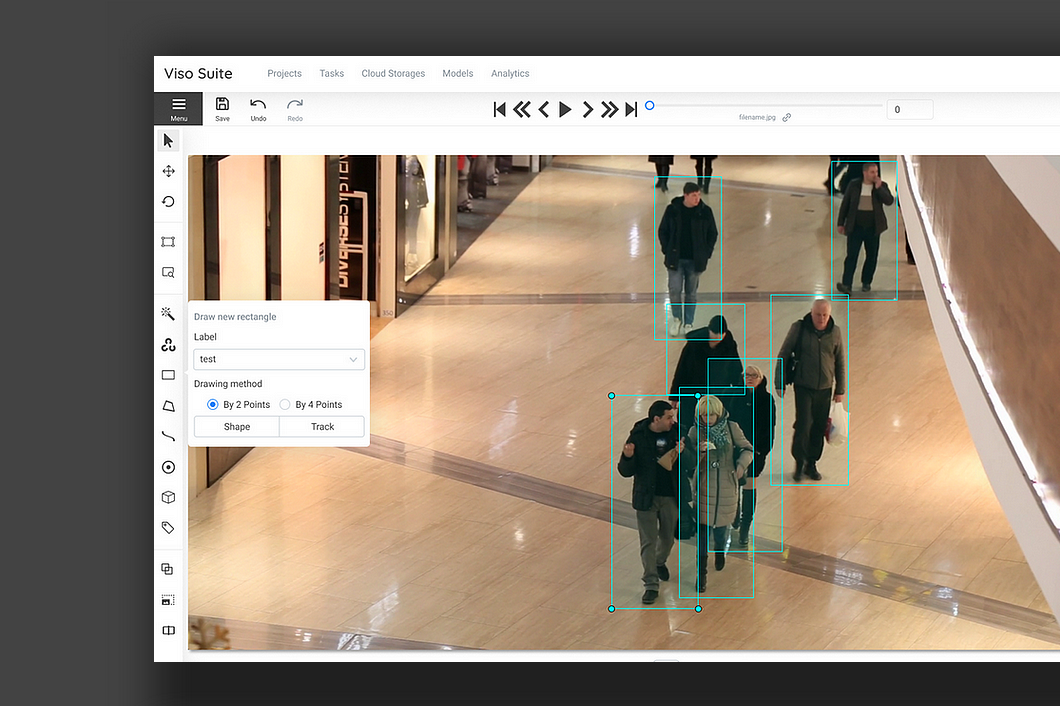
CVAT: Computer Vision Annotation Tool
Guide to CVAT, the computer vision annotation tool. The best features, advantages, and limitations you need to know.

A Complete Guide to Image Classification
Modern Image Classification in Computer Vision: How Machine Learning and Neural Networks drive the performance of Image Classification.
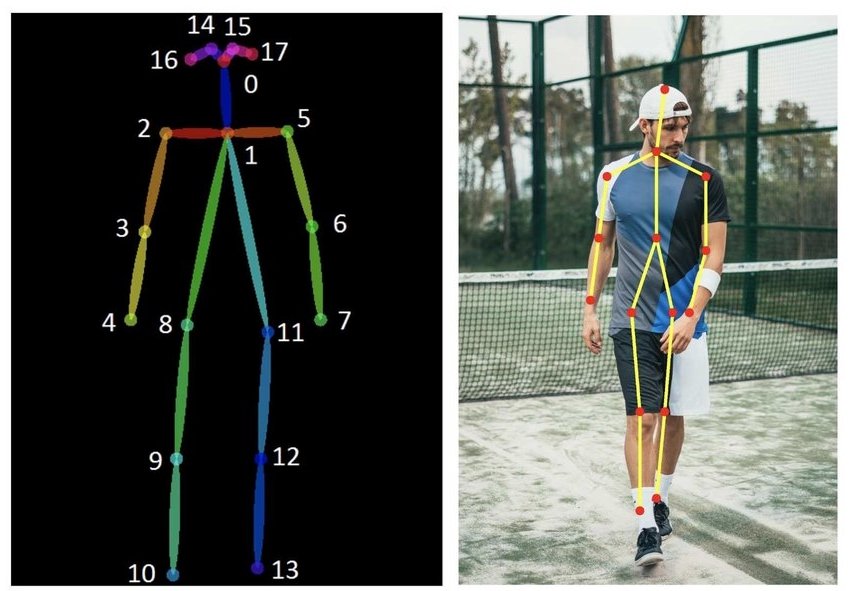
The Complete Guide to OpenPose
The OpenPose library uses neural networks to perform real-time human body pose estimation for single- and multi-person video analysis.
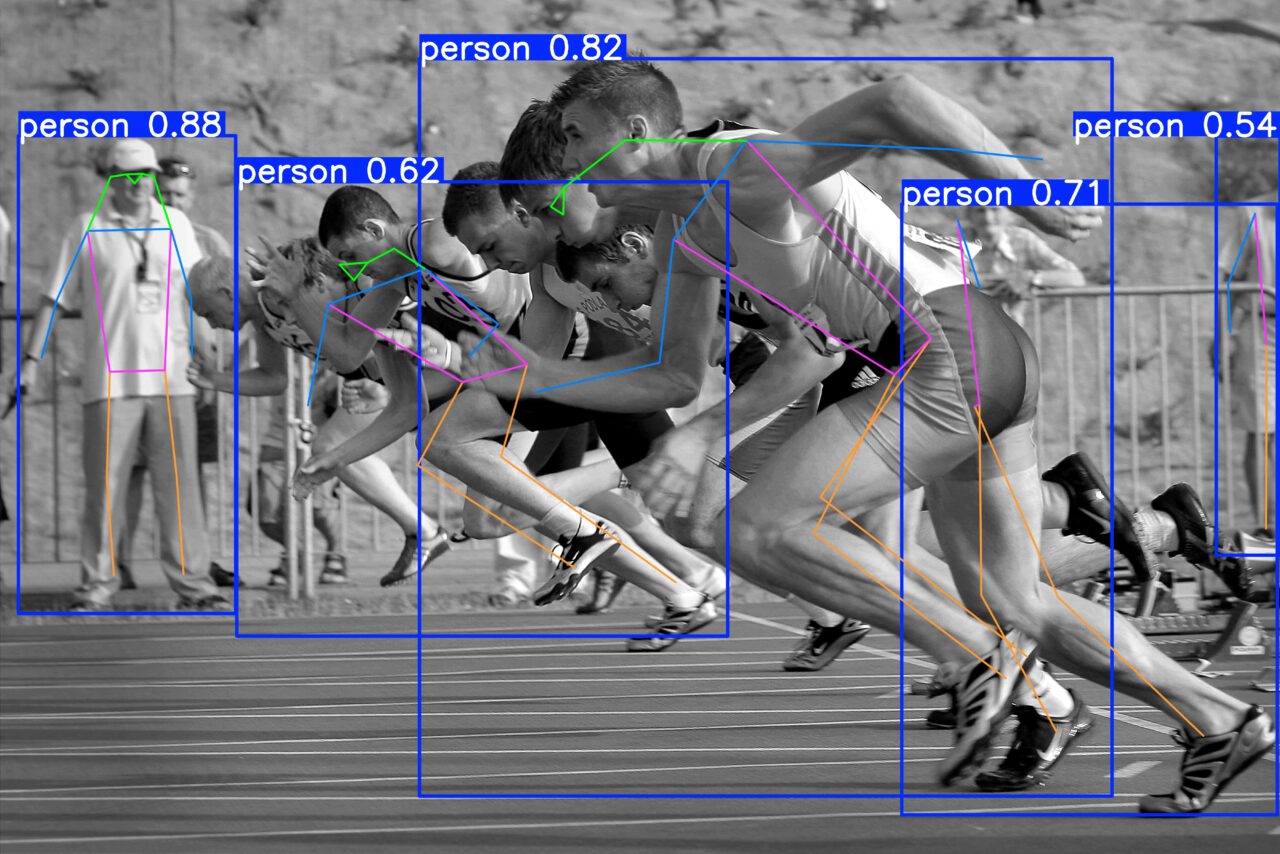
YOLO11: A New Iteration of “You Only Look Once”
YOLOv11, released in Oct 2024, provides high processing power, efficiency, and compatibility for cloud and edge devices.
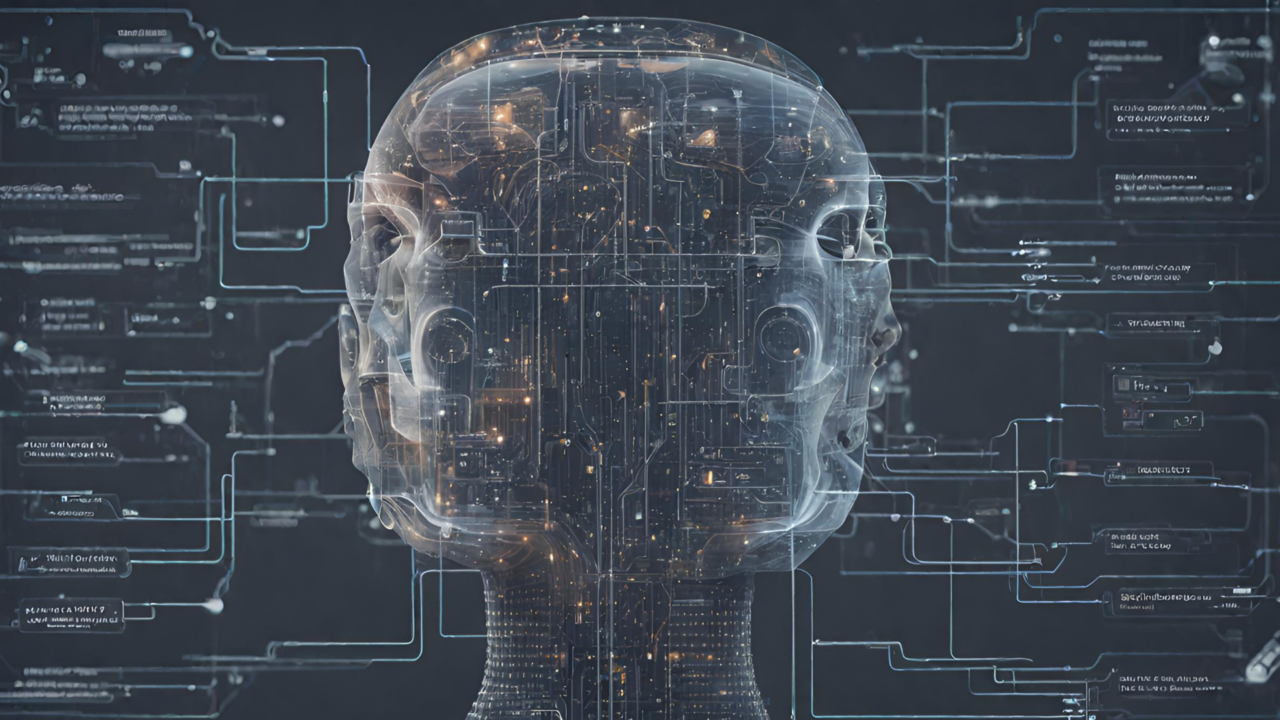
Explainable AI (XAI): The Complete Guide (2025)
Why did your model give that output? Learn how explainable ai gives insight into model decisions for trust and accountability in ML systems.

What is pattern recognition? A gentle introduction
Easy to understand guide about Pattern Recognition with AI and Machine Learning. The forms, methods, and examples you need to know.
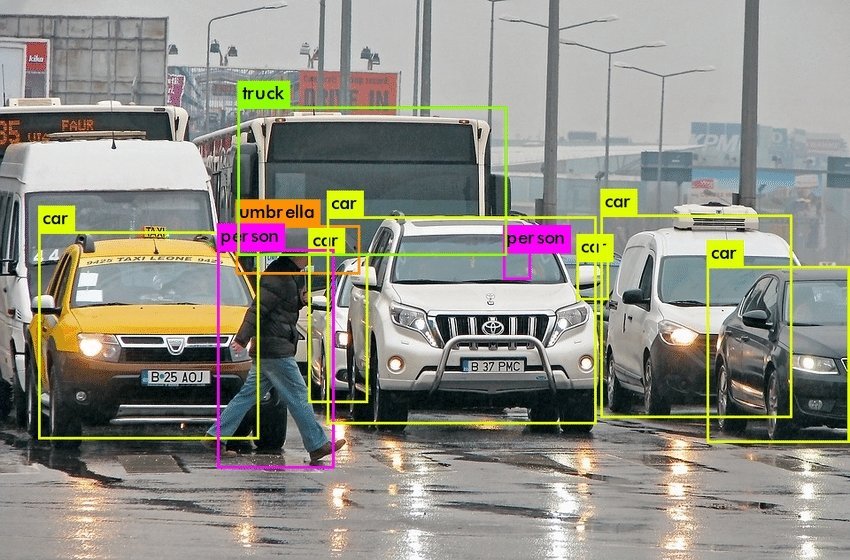
Image Recognition: The Basics and Use Cases
What you need to know about Image Recognition. How it works. The most popular AI Image Recognition algorithms today.

AI Emotion Recognition and Sentiment Analysis
AI emotion recognition is a field of computer vision focusing on facial emotion detection and automatic sentiment analysis from visual data.
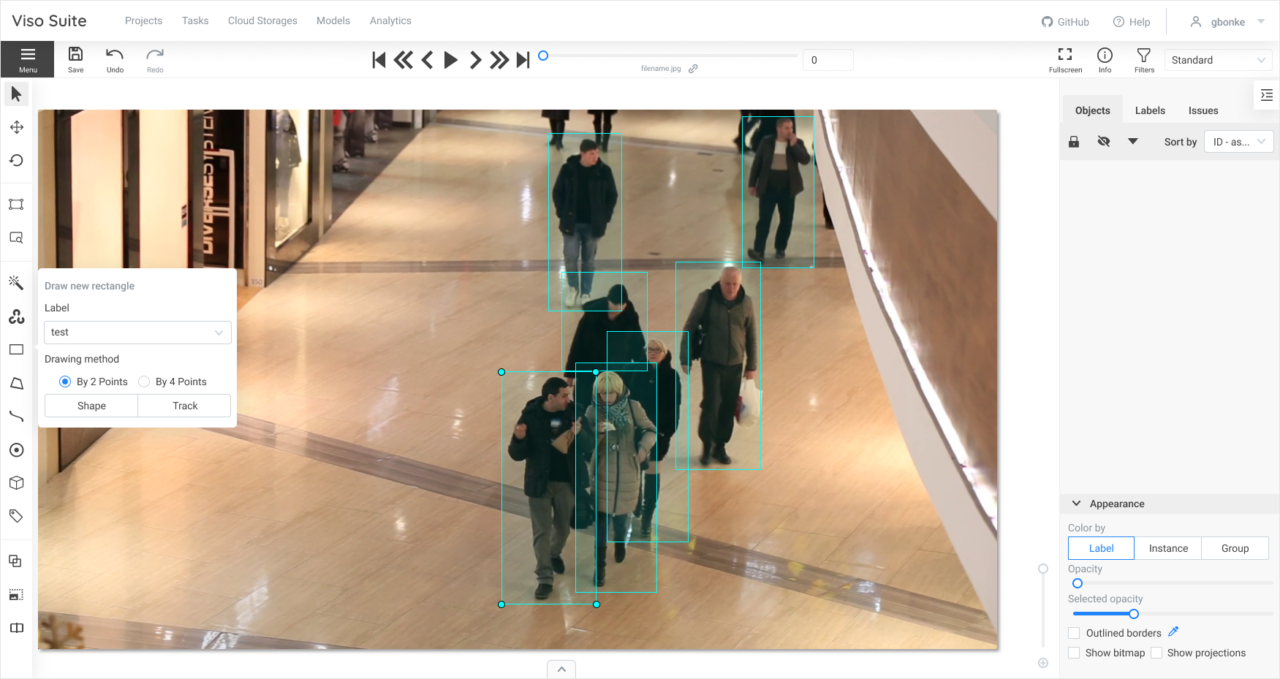
12 of the Most Popular Computer Vision Tools
Find the best Computer Vision tools and software. End-to-end, deep learning, real-time vision analysis, and more.
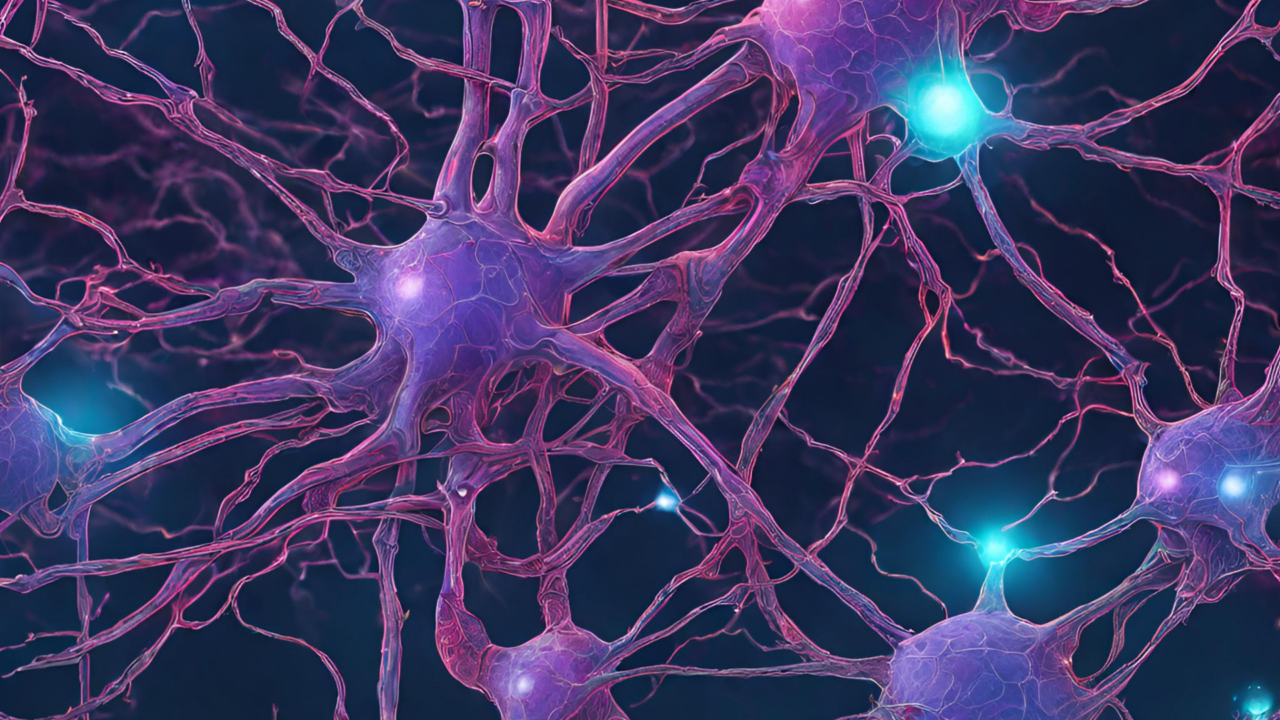
Neuron Activation Mechanisms Deep Dive
Neuron activation is where a neuron fires, transmitting signals in the brain or artificial neural networks, influencing information flow.

Optical Flow – Everything You Need to Know
Optical flow tracks the motion of objects within a sequence of images or video frames. In this blog we cover use cases, techniques, and more.
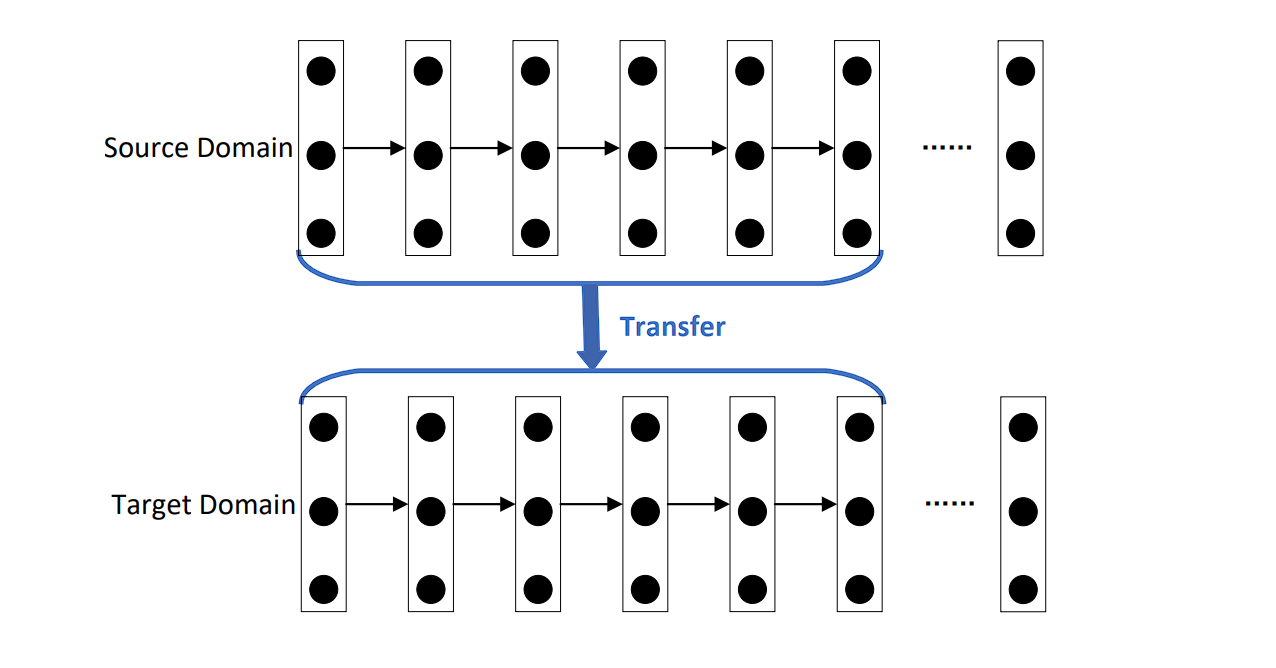
Ensemble Learning: A Combined Prediction Model Guide
Ensemble learning mitigates the weaknesses of individual models while enhancing their predictive accuracy and robustness.